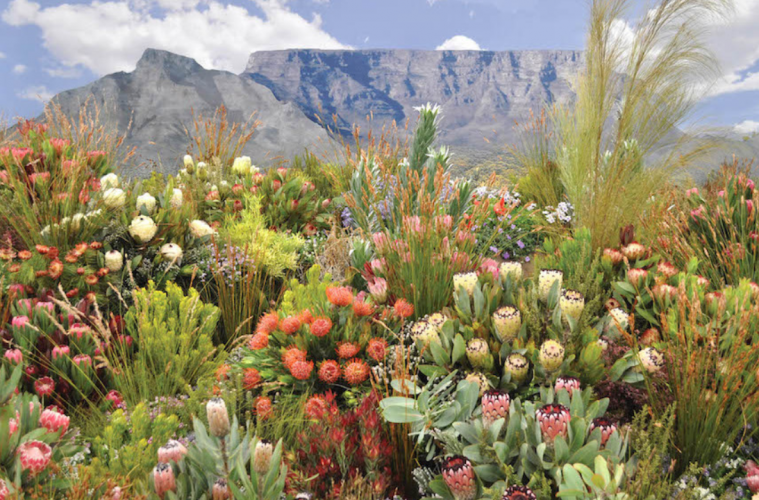Fynbos is a small belt of natural shrubland or heathland vegetation located in the Western Cape and Eastern Cape provinces of South Africa. With Heritage Month coinciding with the month of September, what better way to pay homage to South African heritage than by growing indigenous plants?
Discover 4 unique fynbos plants you can grow at home:
1. Erica taxifolia
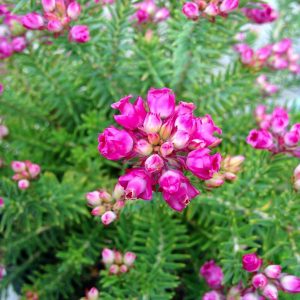
Pexels
Pretty pink urn-shaped flowers form on the ends of branches from December to May on this great erica species. The thin-leaved base of the shrub will grow to around 60 cm and makes a perfect container plant or a small shrub in the garden with long-lasting cut flowers that attract many insects and birds.
2. Orothamnus zeyheri
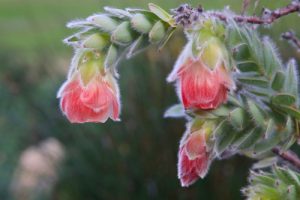
Pixabay
The marsh or mountain rose is a fascinating plant that grows from single stems up to 3.5 m, with drooping rosy-coloured flowers at the ends in winter and spring. The leaves are long and soft with hairs that smell like fresh laundry when crushed. It’s listed as vulnerable so well worth the effort of growing, especially for cut flowers.
Read more: Growing fynbos: All you need to know
3. Mimetes splendidus
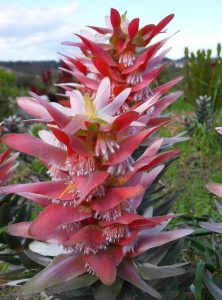
Unsplash
Standing 1-2m in height, this silver-leaved shrub has striking flowers surrounded by colourful bracts in winter. This is a superb plant even when not flowering and is planted often just for its foliage. It’s pollinated by nectar-feeding birds and makes a good container plant.
4. Berzelia albiflora
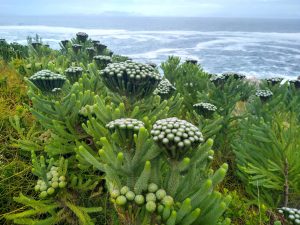
Pixabay
Cream baubles are the hallmark of these pretty fynbos plants that are often found in cut flower arrangements with other fynbos types. This one is called a coffee bush due to its coffee-scented flowers that form in summer. The leaves form on branches that resemble pine trees but are much softer.
These plants are available from selected nurseries or www.arnelia.co.za with limited stock. For more common fynbos varieties to grow at home in your area, visit your local nursery.
Add a touch of magic to your garden with these Indigenous plants
A version of this article was originally published in the Garden&Home December 2022 printed magazine.
Feature image: Pixabay

